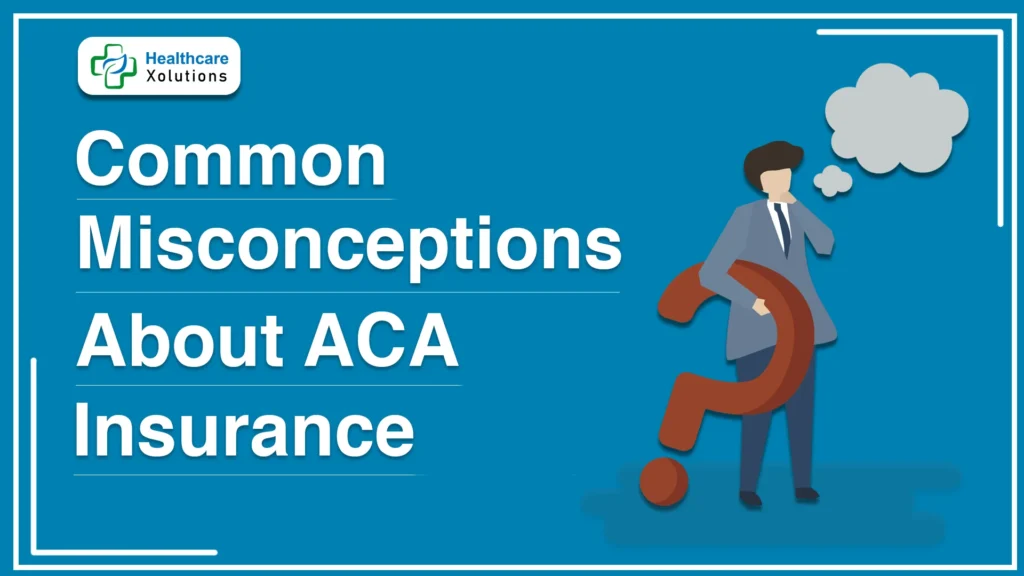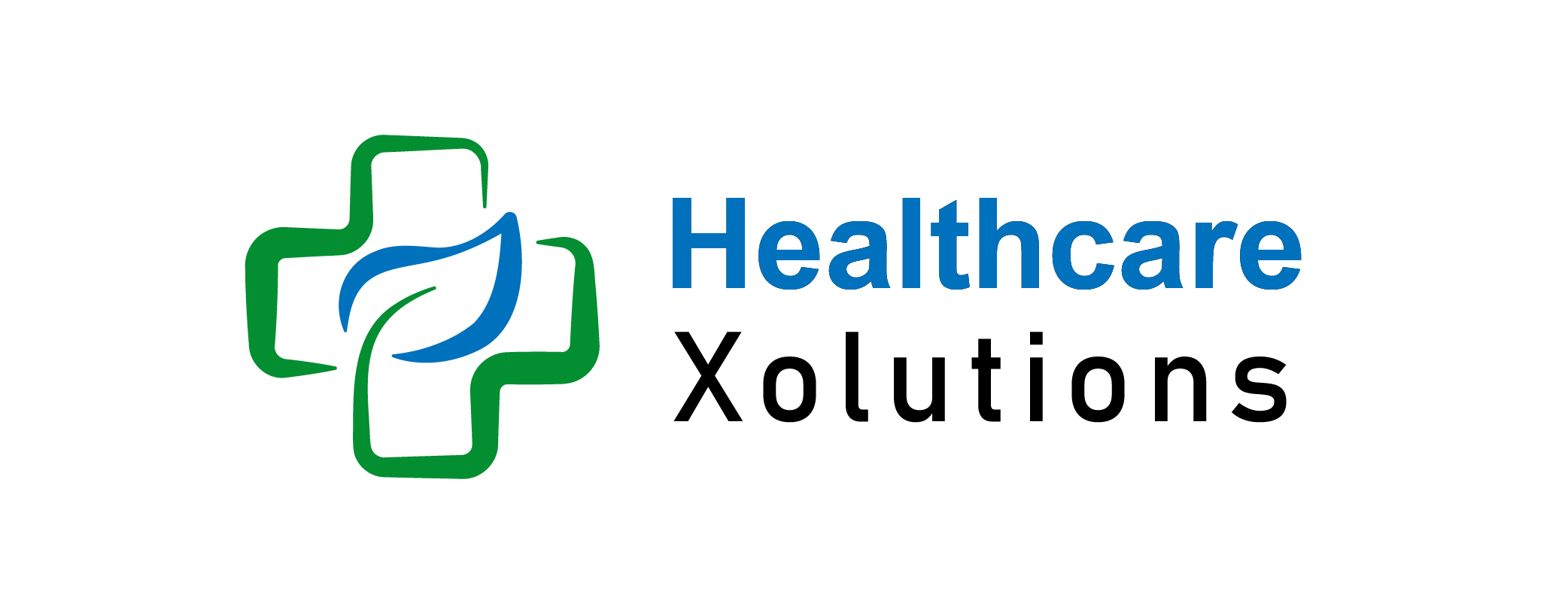Busting The Biggest Myths About ACA Insurance

Key Takeaways:
- The ACA’s federal individual mandate penalty was eliminated in 2019, but some states may still require health insurance.
- The ACA benefits everyone, not just low-income individuals, by providing protections like coverage for pre-existing conditions and essential health benefits.
- The ACA is not government-run healthcare; it operates within the private insurance marketplace, regulating private insurers and offering subsidies to reduce costs.
- The ACA did not single-handedly cause rising healthcare costs; in fact, it includes measures aimed at controlling costs and reducing the uninsured rate.
- The ACA expanded Medicaid, but it also established the Health Insurance Marketplace, which serves individuals of all income levels.
- The ACA does not force people to change their doctors or insurance plans, though network restrictions may apply based on the chosen plan.
The Affordable Care Act (ACA), or Obamacare, has been a significant piece of legislation in the United States, providing millions of Americans access to affordable health insurance. However, since its introduction in 2010, the ACA has been subject to numerous debates, political controversies, and misunderstandings. Over time, several ACA myths have persisted, leading to confusion about what the law does and how it impacts healthcare.
This article will address and clarify the most common ACA myths, providing clear explanations to help people better understand how the law works and its benefits.
Table of Contents
Exploring The 6 ACA Myths You Must Know:
1. Myth # 1: The ACA Requires Everyone to Buy Insurance or Face a Penalty:
One of the most widespread myths is that the ACA still mandates that every American purchase health insurance or face a federal penalty. While this was true when the law was first enacted, the situation has changed.
Clarification: The ACA initially included an individual mandate, which required individuals to have health insurance or face a tax penalty. However, as of 2019, the federal government no longer imposes a penalty for not having health insurance, following the passage of the Tax Cuts and Jobs Act in 2017. Some states, such as California and Massachusetts, have their mandates, but at the federal level, there is no longer a requirement to purchase insurance or pay a penalty.
2. Myth # 2: The ACA Only Benefits Low-Income Individuals:
Many people assume that the ACA is only designed to help low-income individuals by providing them with subsidized health insurance, leaving middle-class and higher-income individuals without benefits from the law.
Clarification: While the ACA does provide significant subsidies to low-income individuals through premium tax credits and cost-sharing reductions, the law also offers important protections that benefit everyone. These protections include prohibiting insurers from denying coverage due to pre-existing conditions, eliminating lifetime and annual limits on essential health benefits, and allowing young adults to stay on their parent’s plans until age 26. Additionally, anyone who purchases insurance through the ACA Marketplace may qualify for subsidies, depending on their income level. Recent expansions under the American Rescue Plan and Inflation Reduction Act have made subsidies available to even more individuals, including those with middle or higher incomes.
3. Myth # 3: The ACA Is Government-Run Healthcare:
Some people mistakenly believe that the ACA is a form of government-run healthcare, where the federal government provides insurance directly or controls the healthcare system.
Clarification: The ACA is not a government-run healthcare system. Instead, it operates within the existing private health insurance marketplace. The ACA created the Health Insurance Marketplace, where individuals and families can compare and purchase private insurance plans that meet ACA standards. Private insurers, not the government offer these plans. The government’s role under the ACA is to regulate insurance standards, provide financial assistance to make insurance more affordable, and expand Medicaid in participating states. Private companies continue to administer health insurance and healthcare services under the ACA.
4. Myth # 4: The ACA Causes Healthcare Costs To Skyrocket:
Another common myth is that the ACA increases healthcare costs, particularly premiums, for everyone. Critics often cite rising premiums as evidence that the ACA has made healthcare unaffordable.
Clarification: Healthcare costs have been rising in the U.S. for decades, well before the ACA was enacted. While premiums did increase in some cases, especially in the early years after the ACA’s implementation, the ACA also introduced measures to control costs. These measures include expanding access to preventive care, reducing uncompensated care (healthcare that hospitals provide but are not paid for), and implementing incentives for value-based care. Additionally, many people who purchase insurance through the ACA Marketplace benefit from subsidies, which significantly reduce their premium costs. Overall, the ACA has helped slow the growth of healthcare costs, though challenges remain in curbing the broader trend of rising medical expenses.
5. Myth # 5: The ACA Is the Same as Medicaid Expansion:
Some people confuse the ACA with Medicaid or believe that the law primarily focuses on expanding Medicaid coverage, particularly for low-income individuals.
Clarification: While the ACA did expand Medicaid, particularly in states that chose to adopt the expansion, the law is not synonymous with Medicaid. The ACA’s Medicaid expansion allowed states to cover more low-income individuals by raising the income eligibility threshold to 138% of the federal poverty level (FPL). However, the ACA also created the Marketplace, where individuals and families of various income levels can purchase private insurance plans. The two programs—Medicaid and the ACA Marketplace—are distinct, though both provide access to affordable healthcare.
6. Myth #6: The ACA Forces People to Change Their Doctors or Insurance Plans:
One of the concerns that arose during the early days of the ACA was that people would be forced to change their healthcare providers or insurance plans due to new regulations.
Clarification: The ACA does not mandate that individuals change their doctors or insurance plans. However, individuals who purchase insurance through the Marketplace must choose a plan from those available in their region. Like any private insurance, these plans have networks of doctors and hospitals, and enrollees may need to select providers within that network to maximize their coverage. In some cases, individuals may choose to switch plans or doctors if their current provider is not included in a specific plan’s network. Still, the ACA itself does not require anyone to change providers or coverage.
Conclusion – ACA Myths:
The Affordable Care Act has been a transformative piece of legislation, providing millions of Americans access to affordable healthcare. However, ACA myths have led to widespread confusion about what the law entails and how it affects healthcare coverage. By addressing these common misunderstandings, it becomes clear that the ACA offers important protections, expands access to care, and works within the existing private insurance system. It’s important to stay informed and understand how the ACA can benefit individuals and families, particularly in terms of affordability, choice, and access to healthcare.
As the ACA continues to evolve with new policies and reforms, debunking these ACA myths ensures that more people can take full advantage of the benefits it provides, making healthcare more accessible and affordable for everyone.
